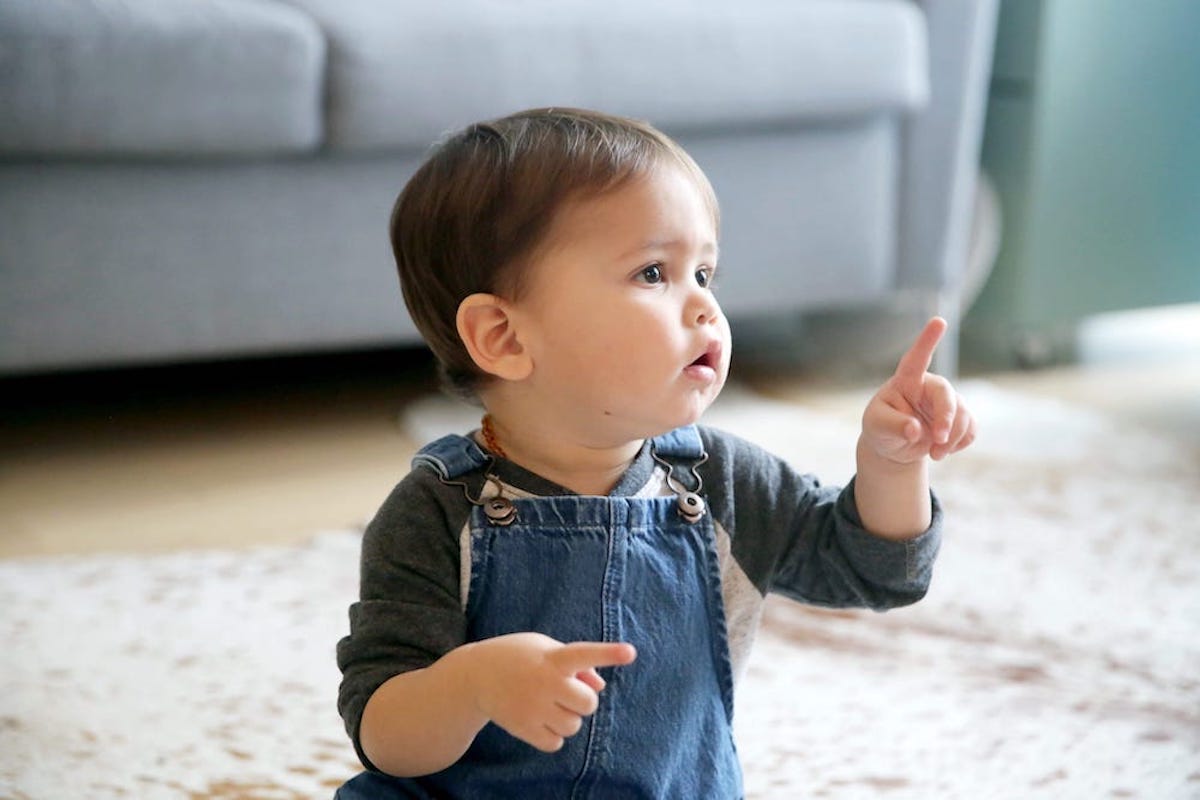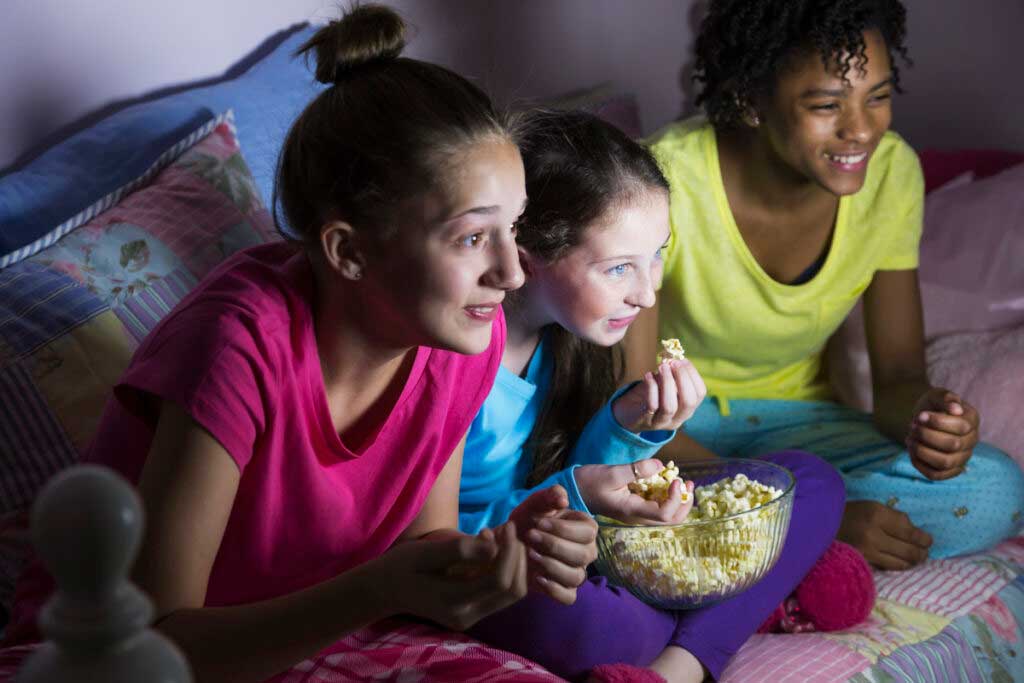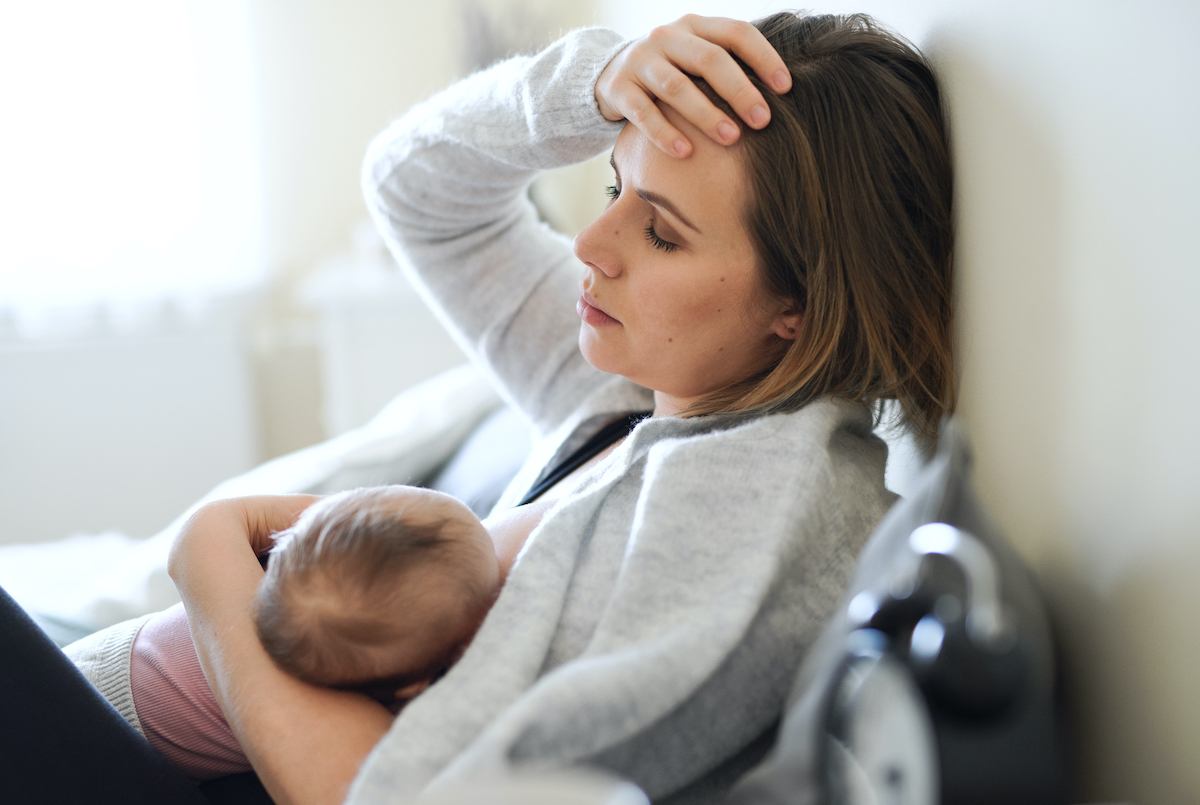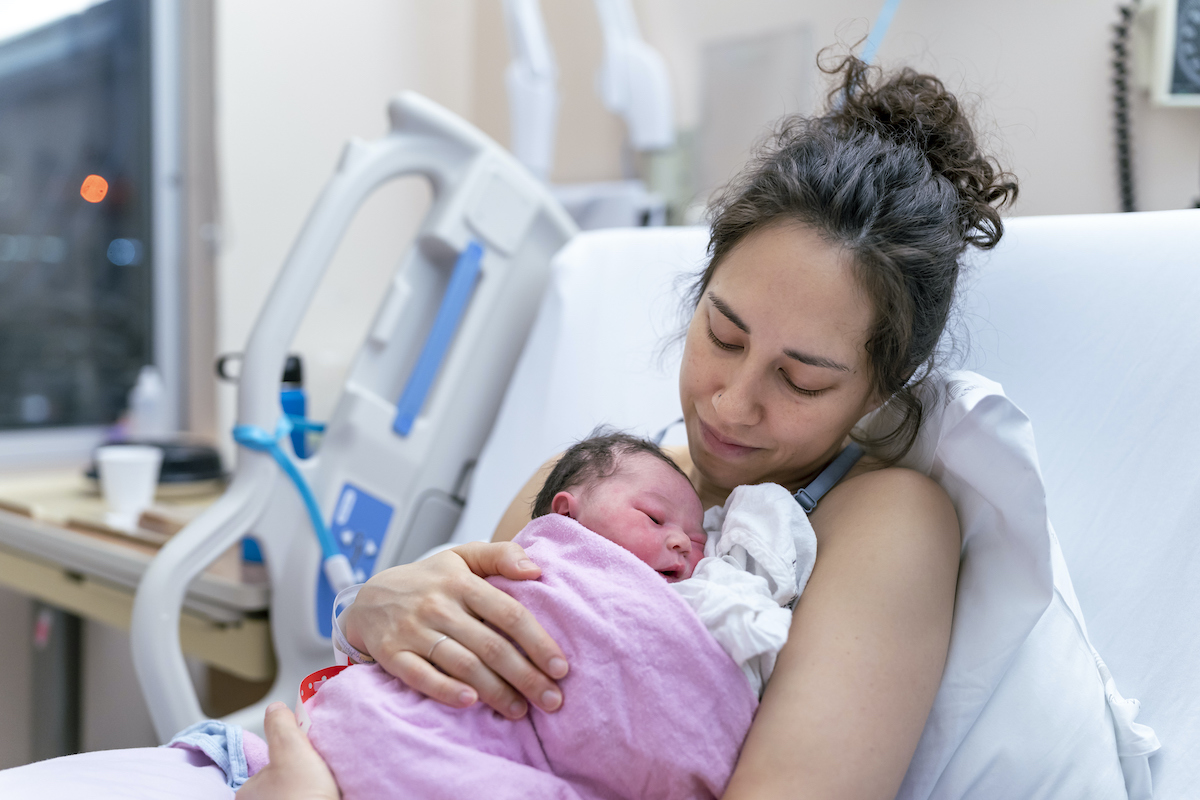When my children were infants, I recall not having a pacifier right now as a major parenting fear, perhaps due to the frequency with which I lost them. One result was we had them around everywhere. Even years later, I would occasionally find a lone pacifier in the corner of some unused luggage or a hidden pocket of a jacket. When I said I was going to write about pacifiers, someone messaged to ask if I would please address the question of whether they really needed to change them out every six weeks. The answer is no, although you should watch for rips or other physical damage and dispose of them if you see that. But my first thought in reading the question was What kind of wizard has held on to a pacifier for six weeks?!
My point is, pacifiers are a big deal but also a source of stress. This is true with infants, when people worry about risks (nipple confusion?) but also see possible benefits (SIDS prevention?). And it’s true later on, when parents become concerned about when they need to take the pacifier away, about possible downsides to long-term use.
Today I will dive deep, deep into the world of pacifiers. First, pacifiers in infancy. Second, pacifiers in older kids. And, yes, we’ll talk about thumb-sucking, too.
Pacifiers in infancy
The primary reason parents use pacifiers for infants is to, well, pacify them — calm them down, have them cry less, etc. A lot of experience suggests this works, and there is randomized trial evidence that pacifiers are helpful during (for example) painful procedures like blood draws. Generally, the “soothing” value of the pacifier is well-established.
If this were the only consideration with pacifiers, the stress level would be dialed way down. If you want to pacify your kid, use it. If not, don’t. What ups the stress are the two other considerations. First, the fear of “nipple confusion” — that using a pacifier will make it less likely that you breastfeed successfully. Second, the possible benefits in terms of SIDS reduction. If you really go down the rabbit hole, you see the links between these: breastfeeding is thought to lower SIDS, so if pacifiers also lower SIDS risk but also lower breastfeeding success… This rabbit hole is a lot even in theory, let alone when you first arrive home with a three-day-old baby.
The good news is that these trade-offs are not what they are made out to be, mostly because nipple confusion is not supported in the data.
I dove into the topic of nipple confusion in Cribsheet. This is a classic example of correlation-is-not-causation. It’s true that infants who use a pacifier are less likely to breastfeed; those things are correlated. However, the relationship does not seem to be causal: in randomized trials, discouraging pacifier use has no impact on breastfeeding. This has been seen in multiple trials and is summarized in a meta-analysis.
Perhaps my favorite of the individual studies of breastfeeding and pacifier use is this one, which included 281 women in Quebec, randomized into either discouraging or not discouraging pacifier use. The researchers found that pacifier use was less common when it was discouraged but that there was no difference in breastfeeding rates. This is the randomized conclusion, which echoes others: no causal link. What I like about the paper, though, is that it also compares breastfeeding rates at three months for moms who choose to use a pacifier or not without the randomization. Basically, it looks at the correlations directly.
The graph below (from my book) shows the two analyses — the randomized and non-randomized. If you focus only on the non-randomized data, it looks like pacifier use lowers breastfeeding rates. But that’s just a correlation! And we know that, because we see the randomized data in the same population.
Conclusion: Pacifiers do not cause nipple confusion or interfere with breastfeeding. They don’t! Stop worrying about this!
On the flip side, you’ll hear that pacifiers can reduce SIDS risk. These conclusions are based not on randomized data but on case-control studies (example meta-analysis here). The results are consistent in showing that pacifier use is associated with a lower risk of SIDS (perhaps a 10% reduction), although without randomization it is challenging to draw very strong conclusions.
Overall: pacifiers in infancy offer some obvious upsides (soothing) and some possible upsides (SIDS reduction) and do not appear to have risks. So they are worth trying! Some babies do not take to them well, and you shouldn’t panic about that either.
Pacifiers in babyhood
If you use a pacifier, as your child ages, there may come a time when the pacifier starts to fall out of their mouth at night and they cry. A 2-year-old can reach around the crib or bed and find the pacifier again, but a six-month-old often cannot. And you may find yourself being called in to put the pacifier back in their mouth many, many times.
How should you deal with this?
First, at this stage the highest risk of SIDS has passed, so the value of the pacifier beyond the soothing part has diminished. Second — I’ll go into this more below — at this age there isn’t any strong reason for your child not to use a pacifier at night. Therefore … what to do about it is entirely up to you.
There are really two options.
Option 1: Go in and replace the pacifier when it falls out.
Option 2: Do not go in and replace the pacifier when it falls out.
The second option is, basically, a form of sleep training. If you do this, your baby will cry for a while, and then a couple of days in, they will figure it out. I’ve written more about sleep training in general here; this is just a slight variation.
The downside of option 2 is the crying. The downside of option 1 is you may kind of have to do it forever. Which you choose will probably depend on the consistency with which this happens. If it happens once or twice, replacing it is probably a good idea. If you find you have to go into your baby’s room 15 times every night, this may be unsustainable.
One important note: If you face this choice, make it thoughtfully and stick to it. Just like with infant sleep in general, you’ll make your life harder if you swap back and forth between things. Your baby will be confused, it will take longer to get where you want to go, and you’ll be tired. Trust me, and learn from my first baby mistakes.
Pacifiers (and fingers/thumbs) in toddlers
Many babies who use pacifiers in sleeping drop them after infancy. But not all, and pacifier use is common among toddlers, through the age of 3, 4, or beyond. Use of pacifiers in this age range is often bundled together with finger- or thumb-sucking as “non-nutritive sucking” behaviors. And the questions loom: Are these behaviors risky? If so, why? And what could you do about them?
There are three primary downsides linked to pacifier use: concerns about language development, ear infection risk, and stuff about teeth. Thumb- and finger-sucking concerns largely focus on the teeth part of this.
Up-front caveat to everything: nothing below is randomized. Studies here rely on observational data — comparing kids who use pacifiers or suck their thumbs to those who do not. The result is that, at a minimum, we want to think very carefully about what the biases are in the data and what we can really learn from it.
Language development
In principle, you can imagine that using a pacifier frequently would impair language development. In practice, the data doesn’t look like it supports this concern. Here’s one study, which shows no differences in speech patterns between habitual pacifier users and others. Another showed a slightly elevated risk of “atypical speech errors” but found no other differences, and even this difference appeared only in younger children and is associated only with prolonged daytime use, not nighttime use.
In general, I read from these findings limited reasons to be concerned about language development links to pacifiers.
Ear infections
Many studies have pointed to pacifier use as a risk factor for ear infections (otitis media). These aren’t randomized, as noted; instead, they estimate what factors are linked to development of ear infections in children.
One example is a meta-analysis from 1996, which looks at the links between ear infections and many different variables. Pacifier use was associated with a slightly increased risk of ear infections, though not nearly as strongly associated as day care outside the home, family history of ear infections, or parental smoking. Other studies echo these basic patterns.
These citations are fairly old, and the way we treat ear infections has changed some. A more recent study, from 2008, shows a very moderate and not significant increase in ear infections associated with pacifier use (32% of children who do not use a pacifier developed an ear infection over four years, versus 35% with a pacifier). All together, this suggests a small, plausible but not certain link between pacifier use and ear infections. The fact is, a lot of kids get an ear infection even without using a pacifier. Using one could increase it a little, but it probably matters much, much less than other factors like basic underlying predisposition.
Teeth
The main concern about pacifier use and thumb- or finger-sucking is the effect on teeth. This is certainly the area with the most data.
There are many studies, going back to at least the 1970s, showing links between pacifier use and “malocclusion” (crooked teeth). Pacifier use, and finger- and thumb-sucking, are associated with various teeth issues (overbite, overjet, etc.). One study, for example, followed 80 mother-infant pairs, collected data on their pacifier use (and other variables), and measured dental features up through 30 months. It found pacifier use and finger-sucking associated with various dental issues through 30 months.
Among the larger studies is one in Hong Kong that collected data on 1,114 children ages 2 through 5 and, again, found a link between pacifier and finger/thumb sucking and dental issues (overbite, open bite, etc.). And a review from 2016 argues for consistent links between both pacifier and finger-sucking and dental issues in the primary (i.e. baby) teeth. In that review, pacifier use was more problematic than finger-sucking.
Although there is a fair amount of it, the quality of this evidence isn’t airtight. A 2018 review concluded with “High level of evidence of the effect of sucking habits on orofacial structures is missing.” In lay terms, the evidence they found in either direction wasn’t very good. And it’s difficult to think about magnitudes here, especially as they relate to functional dental structures. A doubling of the risk of a class II incisor relationship doesn’t obviously link to a particular outcome.
Part of the reason this is held up as the most likely consequence of pacifier usage or thumb-sucking is that it makes sense mechanically. It isn’t surprising to think that sucking on something that puts pressure on your teeth would change the shape of the mouth.
So, do you need to cut it out? And how?
Looking at this in totality, I see a mixed bag. Ongoing pacifier use or finger-sucking seems to have some impacts on teeth shape. How important this impact is — how you weigh it against the fact that your child likes the pacifier — seems ambiguous to me. Your child may be more likely to need braces as a result, but they also may well need them anyway.
Should you get rid of the pacifier, though? Is it necessary? On the one hand: at some point, most kids do give it up on their own. Peer pressure from friends, general aging — even without intervention, your 6-year-old is not likely to continue to want a pacifier. So you could just wait. On the other hand, the concerns about pacifier use and teeth are much more significantly cited with ongoing use past two or three years (some citations suggest the long-term effects appear only after four years). This means that worrying that your 13-month-old is still using a pacifier is unnecessary.
If you find yourself with a child with a pacifier, however, or with a child who sucks their thumb, what can you do about it? The answer actually differs a bit between pacifier and fingers.
In the case of pacifiers, I could find no particular studies on how to get kids to quit. I suspect this is because the only real intervention is … to take it away. This will work if you stick with it, although it will make your child unhappy. In this way, it is not dissimilar to encouraging various other changes in behavior in toddlers and young children. You probably do not want to quit cold turkey with no warning, but there are common-sense approaches (limit pacifier use to certain areas of the house, use a reward chart, get a gift to replace it, etc.).
Finger- and thumb-sucking are more complicated. For one thing, they do sometimes persist longer. And for another, you cannot take away the fingers. As a result, there is slightly more evidence on interventions to limit it, though the evidence is generally of fairly poor quality. It shows some moderate impact of both positive and negative reinforcement and of physical interventions like a palatal expander. This is a metal brace that is inserted in the mouth to make thumb-sucking less comfortable, and it will be a last resort for most people.
This feels a bit like the situation where your child will not poop on the toilet (“stool toileting refusal”). You kind of have to muddle through and hope you eventually hit on a reward/consequence/encouragement/bribe strategy that works.
The bottom line
- Pacifiers in infancy do not cause nipple confusion, they might have some small positive impact on SIDS rates, and they pacify your child. Recommend!
- Continued pacifier use through toddlerhood may have some negative impacts on dental structures.
- Thumb- or finger-sucking also has some impacts on dental structures.
- These impacts should be balanced against benefits (kids like their pacifiers/thumbs) in a given case.
- No magic wand for getting kids to give up pacifiers or thumbs. If it’s important to you, find the bribe that works.

















